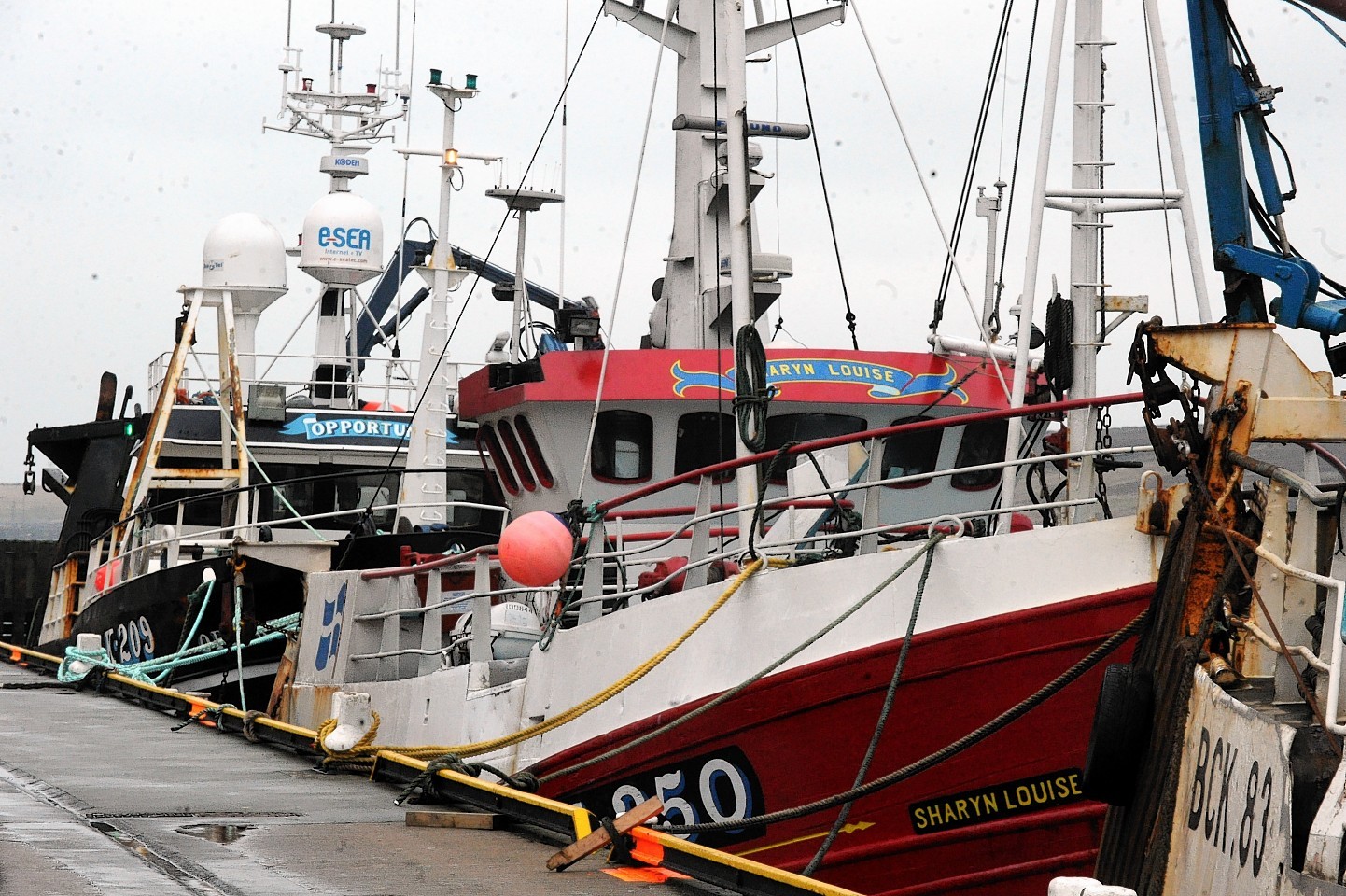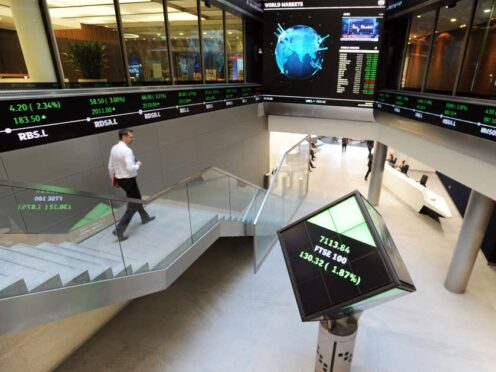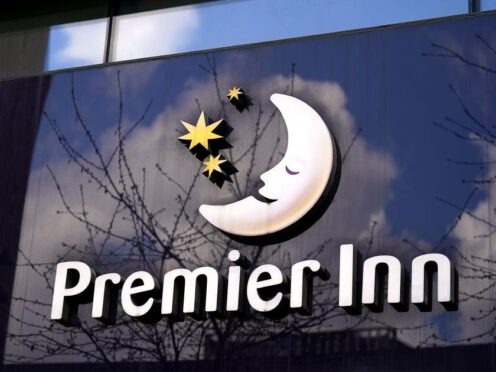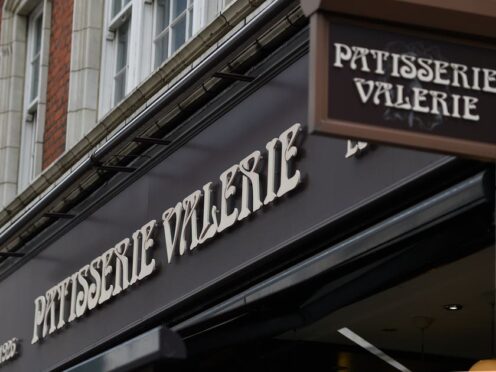Shetland suffered a 29% slump in the value of fish and shellfish landed in its ports during 2015, while volumes fell by 8%, new figures show.
Provisional statistics compiled by senior policy adviser Ian Napier of NAFC Marine Centre UHI at Scalloway reveal 73,000tonnes of fish and shellfish, worth a total of £60million, landed by local and visiting boats.
The figures are down sharply from 2014 after mackerel fishers took a big hit from quota cuts, plunging prices and the closure of their key Russian market due to trade sanctions.
But the volume of fish brought ashore in Shetland last year still eclipsed the 67,016tonnes total for England, Wales and Northern Ireland combined.
An estimated additional 83,000tonnes of fish worth £45million were landed outside Shetland by local boats.
It is estimated that Shetland fishing boats accounted for more than one fifth (22%) of all landings by UK boats in 2015.
And more fish and shellfish came into Shetland last year than in any other port in the UK, except Peterhead.
Mr Napier’s statistics, derived from UK Marine Management Organisation and Shetland Fish Producers’ Organisation data, show a total of just under 16,000tonnes of white-fish worth about £26million brought ashore in Shetland last year. Three-quarters of this was caught by local fishing boats.
The weight and value of whitefish landed were slightly less than in 2014, by 2% and 4% respectively.
Pelagic species – mainly mackerel – accounted for most of the fish landed in Shetland last year, 75% by weight and 51% by value.
A total of about 54,500tonnes of pelagics – worth about £31million – came into Shetland’s ports, about half of it caught by local fishing boats.
Pelagic tonnage was down by 9%, while the value of the catch was down by nearly one-third (32%) from 2014.
Mr Napier said his figures show why fishing is so important to Shetland, where the industry’s economic impact is greater than either oil and gas or tourism.
He added: “These are provisional figures based on currently available data, but they demonstrate that the fishing industry continues to be a hugely significant contributor to the local economy.
“Equally, the landings in Shetland by local and visiting boats demonstrate that Shetland is a major component of the UK fishing industry.”










